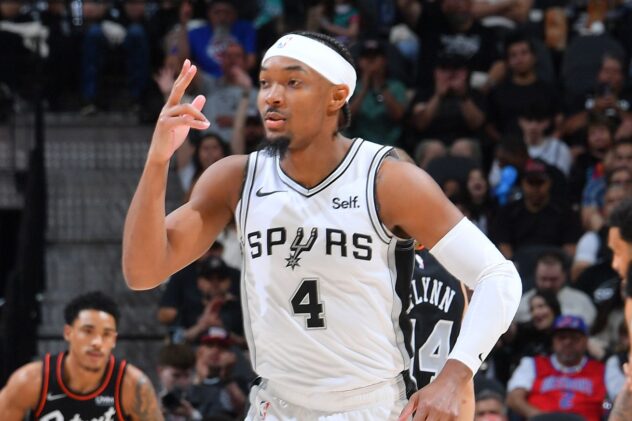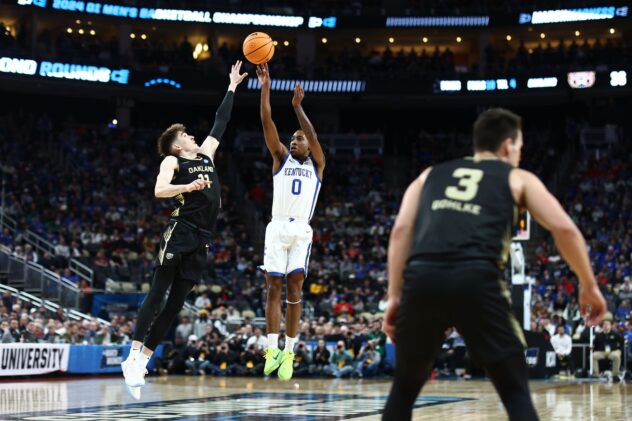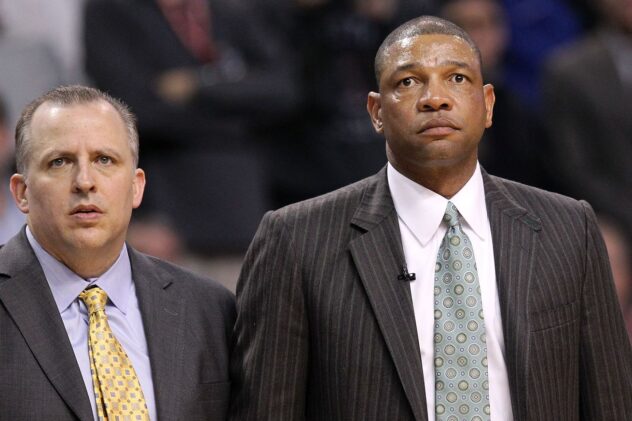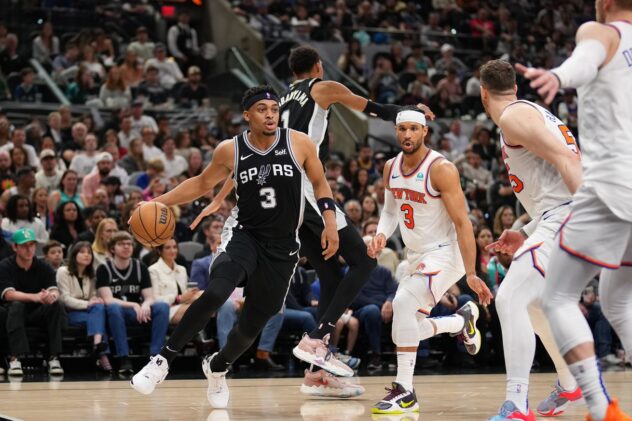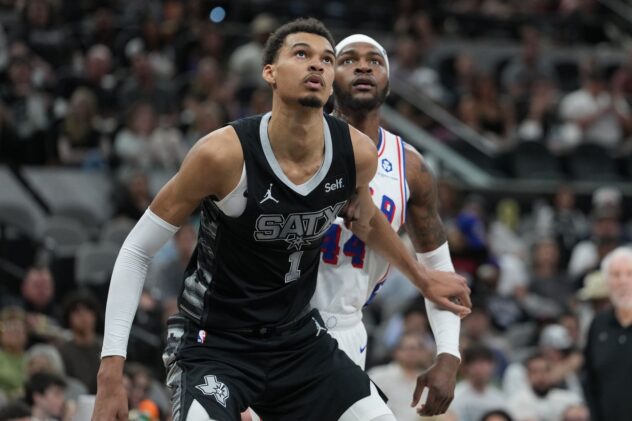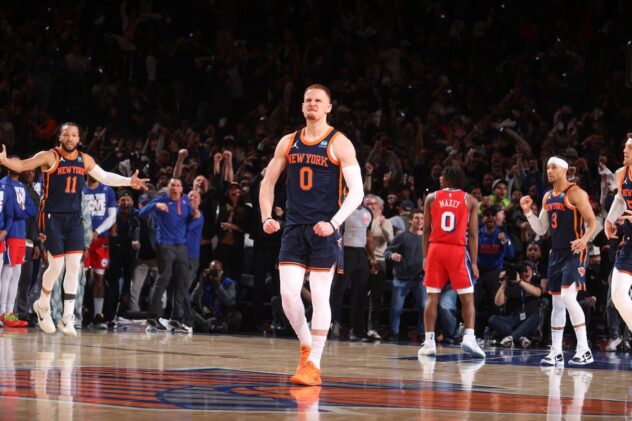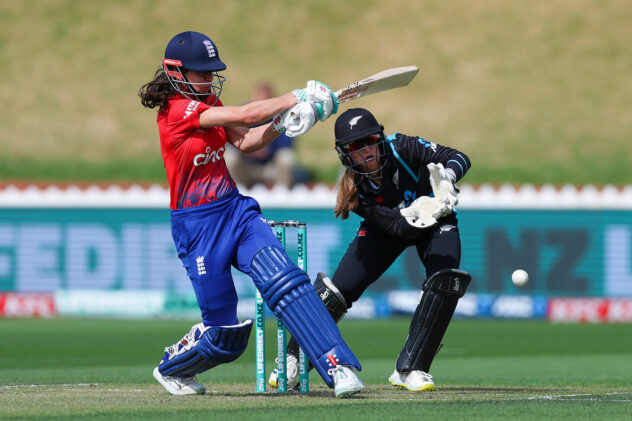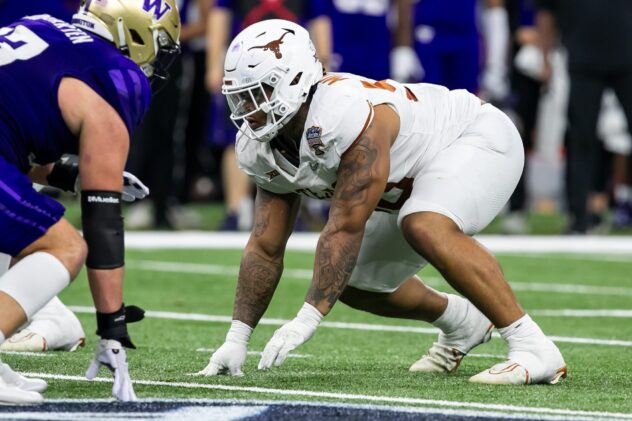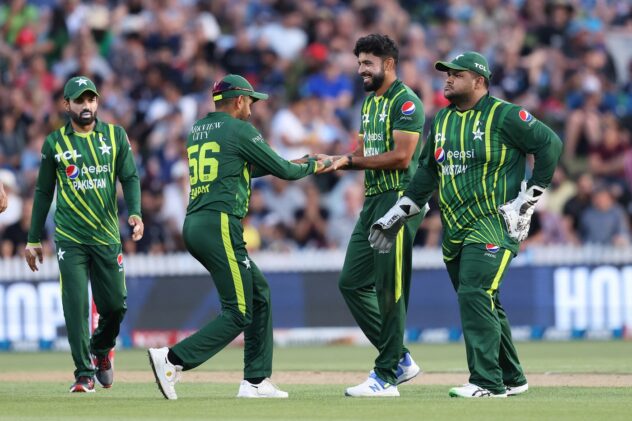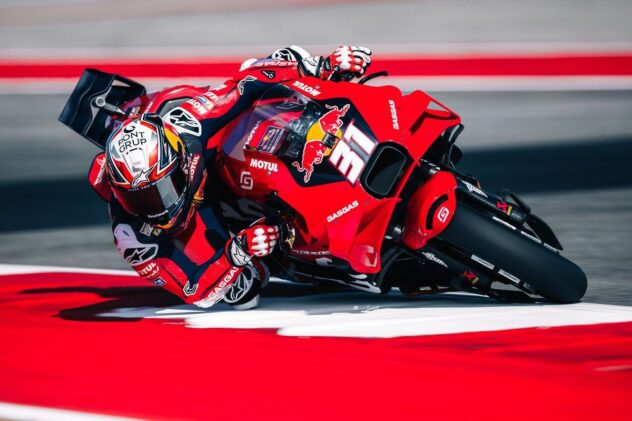The Spurs’ biggest edge so far is good old-fashioned discipline
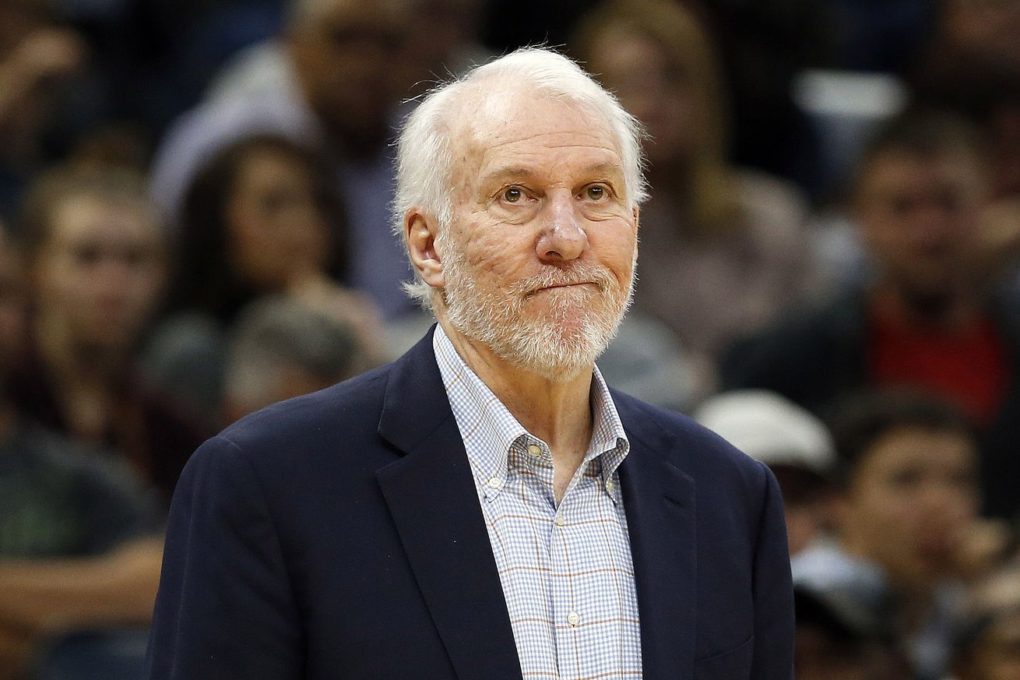
In an age of pace-and-space excess, the new-look Spurs are carving an identity around long-ball austerity, minimizing their mistakes, and doing all the little things right.
Team identity can be an elusive, fluid thing, and it’s hard to say how much having one even translates to winning actual basketball games. Still, the broad strokes of the 2018-19 Spurs as a collective unit are starting to reveal themselves as they hit something of a stride (they’ve now won 6 of their last 7 games) and smooth out the many defensive issues they were dealing with just a few weeks ago.
Even before their recent improvements on that end of the floor, there was a statistical throughline that set the 2018-19 Spurs apart from the league in an almost-too-Spursy way: plain old discipline. Here’s a look at how that’s manifested statistically.
Turnover rate: 12.3% (2nd)
The Spurs have had to help their inchoate defense however they can, and one way is by taking care of the ball and not giving opponents a chance to beat them in transition. The Mid 3 of LaMarcus Aldridge, DeMar DeRozan and Rudy Gay obviously play a big part in that while probing and breaking defenses down inside the arc. They account for a combined 5.8 turnovers per game, which is just a little more than James Harden alone (5.5).
In pure counting stats, the Spurs turn the ball over less than any team in the league at 12.2 per game, but we’ll adjust it to account for pace to keep things honest. It’s fitting that the only team nearly edging the Spurs in this category is James Borrego’s Charlotte Hornets (at 12.2%).
Pace: 98.87 (25th)
If Dejounte Murray hadn’t gone down before the season, this number would probably be higher. As things stand, the Spurs benefit on both ends from dictating the speed of the game and limiting the number of possessions.
Free-throw %: 83.3% (1st)
Up until now, the Spurs’ free-throw shooting hasn’t just been great, it’s been historical. The 1989-90 Boston Celtics hold the record for the best free-throw shooting season in NBA history at 83.2%. The Spurs are currently just above that, with DeRozan (85.1% on 6.3 attempts per game) and Aldridge (82.6% on 4.8 attempts per game) accounting for more than half of the team’s volume at the line.
Opponent offensive rebound rate: 26.3% (9th)
This ranking is relatively high compared to other areas here, but top third still isn’t bad, and it’s another way the team isn’t beating itself, even with Bryn Forbes supplanting one of the best defenders at his position in the injured Murray.
Opponent free-throw rate: 19.3% (2nd)
While the defensive numbers overall don’t look great, San Antonio has stuck to one of its perennial tenants, which is contesting shots without fouling. The Spurs are second in the league in personal fouls per game and second in keeping opponents off the line.
Defensive rating: 110.4 (22nd)
The deciding factor this season will be if both these numbers continue to trend down. Since December 6th (the beginning of their homestand), the Spurs are holding opponents to 98.5 points per 100 possessions, 2nd best in the league over that stretch.
3-point %: 39.6% (1st)
Shoutout to PtR’s CharlieOCharles for pointing out that only a few teams (namely, Mike D’Antoni’s Suns and Steve Kerr’s Warriors) in the NBA have ever attempted as many threes per game as the Spurs do (23.8) and shot above 39% from three. Of the team’s 6 highest-volume shooters from beyond the arc, only Marco Belinelli is below 40% right now, with Gay’s career-high 45.2% the biggest surprise of all.
Do the shooters benefit from all the attention the Mid 3 attract inside, or is it the other way around? The answer probably lies somewhere in the middle, and, either way, it’s worked out just fine for the NBA’s 6th rated offense.
3-point rate: 26.9% (last)
And yet, in one of the starkest contrasts of this young season, the Spurs aren’t letting that high clip take away from how they get their offense going, which begins on the interior. Their three-point rate of 26.9% is high for them historically, but last in a league that’s almost uniformly adopted the same paradigm for how modern basketball is played.
A 3-11 record in games where they attempt more than 25 threes probably has something to do with playing behind in those contests, but it’s also affected by opponents asserting themselves on the block against Aldridge and DeRozan and forcing them into playing more on the perimeter than they’re designed to. That, and many of the more positive numbers listed above, are why we shouldn’t expect the team’s scheme to change anytime soon.
Source: Pounding The Rock

